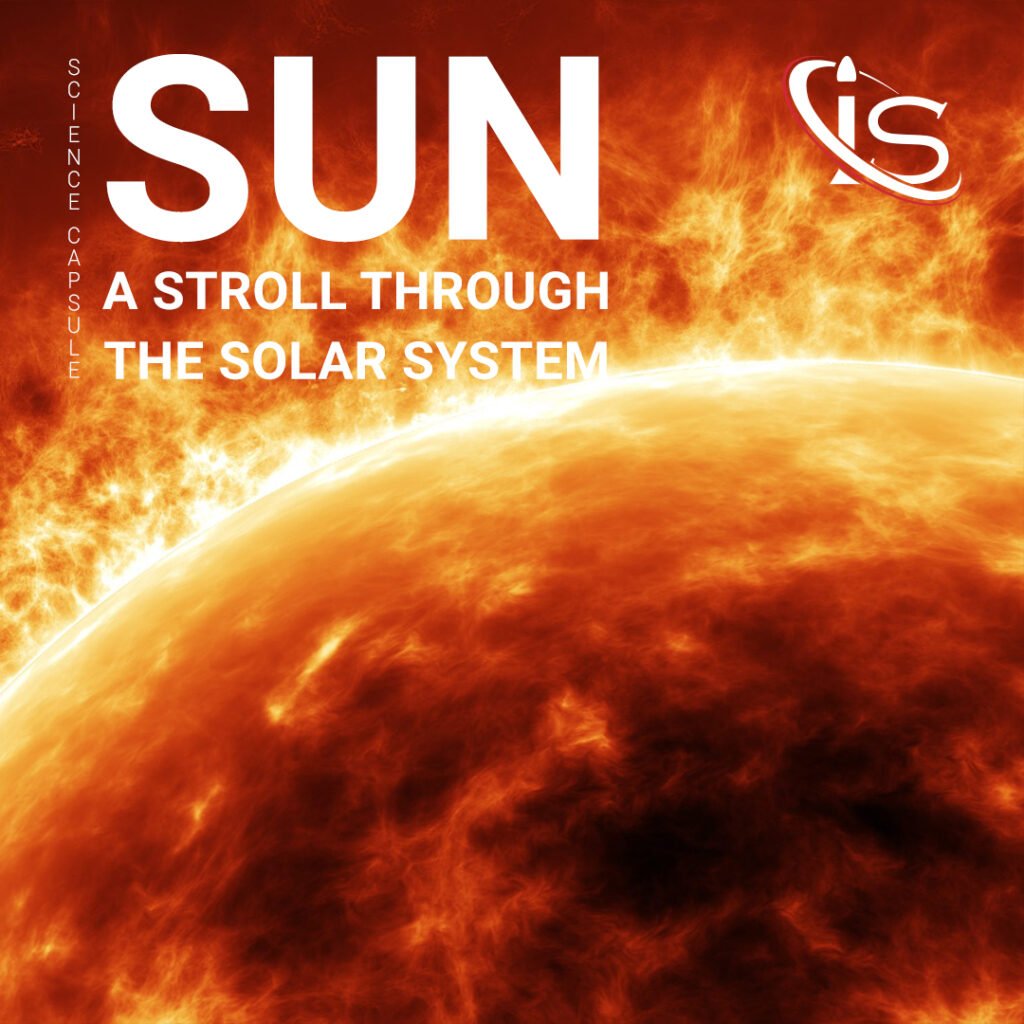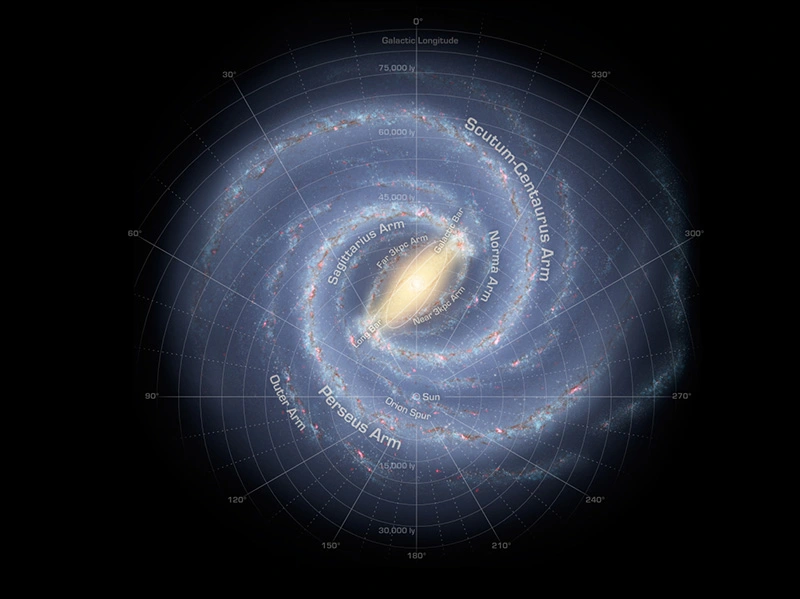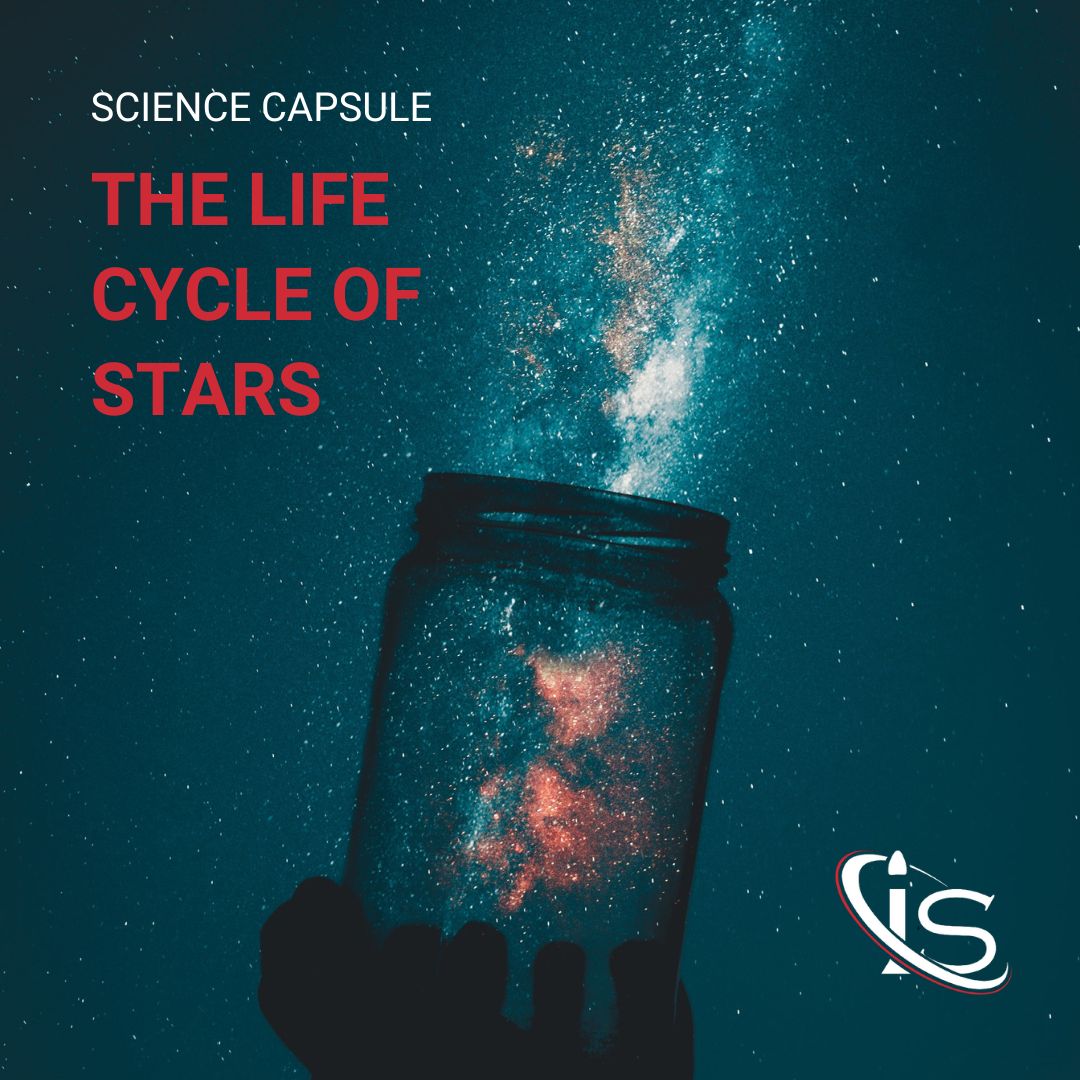Welcome, everyone, to the grand finale of our series of strolls through our galactic neighborhood. It has been quite the journey getting here, and I am glad for each and every one of you that has followed along. And as this is the end — at least for now — of our strolls, there could only be one object as its focus. Yes, today, we finally talk about the star at the center of everything we have discussed so far. Today, we talk about our one and only Sun.
And because this is such a vast topic, it will be split into two parts. The focus for this first one will be all on the Sun’s movement, structure, and formation. That way the second part can focus on topics like the Sun’s surface, atmosphere, magnetosphere, and the Solar Wind. Basically, today we cover the Sun itself, while next time we focus on the parts of the Sun that affect the planets more directly.
But, without further ado, let’s get to part 1 of the grand finale for our strolls.

Some Numbers
Let’s start off this stroll in the same way we do all the others, talking about the size and distance of the object in question. However, I am not going to be talking about the usual distance from the Sun, of course (it is 0 km for anyone wondering). Instead, I will bring up two different measurements, that will give two separate perspectives.
Distance
The first is the distance from the Sun to us, here on Earth. Our star lies around 150 million km (93 million mi) from our planet. This is significant for one reason in particular. That being, that this distance, couple with our atmosphere, is what allows our planet to be hospitable to life. The second distance I would like to point out is from the Sun to the Alpha Centauri System. Made up of 3 stars, one dwarf and two similar to the Sun, this system contains the closest stars to the Solar System. Proxima Centauri, in particular, is 4.27 million light years away from us. I went ahead and did the math for anyone curious, and that translates to around 40×1012 km. That is 40 trillion kilometers, for those of you wondering.
Size
Now, let us talk about the size of our beloved star. The Sun is a medium-sized star — which ironically still classifies it as a yellow dwarf. Its radius comes in at a staggering 700,000 km, giving an idea of just how massive these celestial bodies really are. As for its mass, the Sun weighs a total of 1.989×1030 kg. And to give a better idea of how big this truly is, I will use a comparison made by NASA. It would take 1.3 million Earths to match the Sun’s volume and 330,000 Earths to match its mass. Not only does that show the massive disparity in size, it also highlights the difference in density between a gaseous object, like a star, and a rocky one, like the Earth.
Time on the Sun
Welcome back to another of our classic segments on these strolls, how time passes on different objects. Now, by that I do not mean how much time is dilated or not due to the effects of general and special relativity. Although, that could be a fun comparison to make between something as massive as the Sun and the much smaller planets. No, what I am talking about is how long does it take for a day and year to pass on the stroll’s subject.
A “Day” on the Sun
Now, this will be quite different when it comes to the Sun for two reasons. The first is that, as the Sun is not orbiting another star while rotating on its axis, there is no real “day” here. After all nothing “sets” or “rises” for the Sun, since it, itself, is the object that sets and rises for everything else in the Solar System.
However, the Sun is still rotating on its axis. An axis that is tilted 7.25°. So, if there were another star that it was orbiting, the Sun itself would be experiencing seasons, in a way. Although those “seasons” would probably have such minimal temperature differences, that they would not even be worth mentioning. What is even more interesting, however, is that, due to the Sun not being a solid object, different parts of it rotate at different speeds.
In more concrete terms, what that translates to is this. The Sun’s equator will complete one rotation every 25 Earth days. Meanwhile, its poles will complete one every 36 Earth days.
A “Year” on the Sun
As for its year, that is where things get a little more interesting. While the Sun may not be orbiting another star, it is revolving around the center of the Milky Way. As is the whole Solar System, of course, since we are part of the Orion Arm of our galaxy. So, I am going to take the time it takes to complete one orbit around the Milky Way as the Sun’s “year”.

And that time is… 230 million years! Yes, the Sun (and Solar System) have not completed a trip around their galaxy since before dinosaurs were around. I just thought I would point that out as it is pretty insane to think about. Especially when considering that our Solar System orbits the Milky Way at a speed of 720,000 km/h (450,000 mi/h), or 200,000 m/s.
And there you have them, the Sun’s “day” and “year”. Again, calling them that is not really accurate. But it does provide for what I think is a good comparison to terms that we are all more familiar with.
The Origins
Like every good story, today’s capsule would not be complete without talking about the Sun’s origin. Basically, how did our star form. Now, I will not go into all the details behind star formation here, as that would make this capsule even longer, and turn this finale into a “three-parter”. However, for anyone curious, you can check this capsule we did on the “Life Cycle of Stars“.
As for our Sun, in particular, it was formed around 4.6 billion years ago from a gas and dust, also known as a nebula. Although, given it formed our very own star, this particular clous has been dubbed the Solar Nebula. However, even with that name, it still very much functioned like any other gas cloud that stars form from. That means that — after collapsing under its own gravity — the Solar Nebula began spinning faster and faster, eventually turning into a disk. This is what our Sun — and planets — formed from. Although, 99.8% of the nebula’s mass was concentrated into our star, leaving the remaining 0.2% to form the rest of the Solar System. And even then, some of that leftover material was blown out of our system by the Solar Wind.
The End
Do not fret. This is not the end of the capsule, or series. However, since we talked about the origins of the Sun, it feels only natural to talk about its eventual end. Being a yellow dwarf, the Sun will eventually expand into a red giant, as it starts to run out of energy. This red giant would, in turn, encompass the area where Mercury and Venus reside — and potentially Earth, as well.
There is still a lot of time left before this happens, though. In fact, the estimates for the Sun’s lifespan place its death — when it turns into a white dwarf — at 5 billion years in the future.
What the Sun Is Made of
We are now at the last section of today’s (incomplete) stroll, the Sun’s structure. Once again, I will not go into great detail about the mechanics behind these concepts. Suffice it to say, that — just like any star — the Sun is held together by a balance of electron degeneracy pressure and self-gravitation. Or, to be more exact, the latter is what the former is counterbalancing to make sure our star does not collapse. Of course, the Sun is also constantly performing nuclear fusion, with the burning of hydrogen into helium making up the vast majority of it. In fact, the end of the hydrogen burning process is what signifies a star has left the main sequence and is entering of the end states of these celestial objetcs.
Layers
Just like the planets and onions (and ogres), the Sun has different layers to it. Moving from the surface out, we have the photosphere (surface), chromosphere, transition zone, and corona (outer atmosphere). Going further inside, on the other hand, we have the core, as well as the radiative and convection zones.
The core is also the hottest part of the Sun, reaching temperatures of 15 million °C (27 million °F). That is because this is where the process of fusing hydrogen into helium occurs. It has, also, a radius of approximately 138,000 km (86,000 mi). Furthermore, its density is extremely high, coming in 150 g/cm3. Just to put this in perspective, I will use the NASA comparison of the core’s density being eight times that of gold. The energy produced here, then, bounces around the radiative zone, eventually arriving at the convection zone… after 170,000 years. This is where the temperature drops to “only” 2 million °C (3.5 million °F).
Moving back to the outer part of the Sun, and we have the material that leaves the corona at supersonic speeds. This is what goes on to make up the Solar Wind — the magnetic bubble that envelopes much of the Solar System. We also refer to this as the heliosphere. Outside of it is where interstellar space begins.
“See You” in Part 2
But, that will do it for us today. I hope you enjoyed learning more about our very own Sun. Make sure to not miss part 2 of this, as it will include the effects of the Sun on the rest of the Solar System (as well as everyone’s favorite section, the mythological origins). So, I will “see you” all then, right here, at impulso.space.





